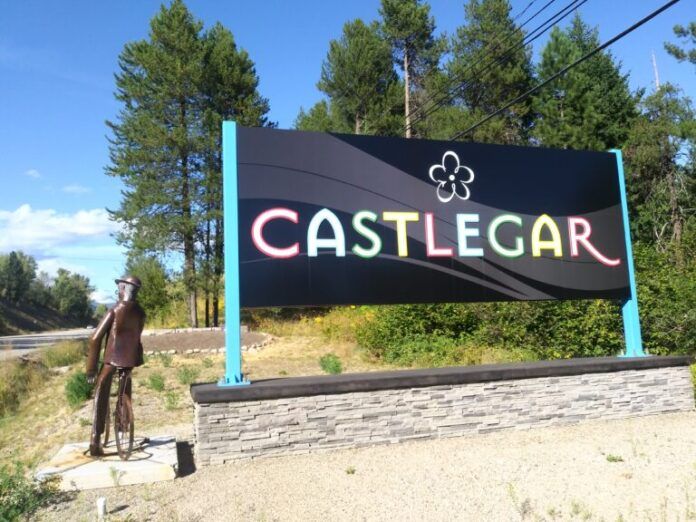A report looking at Castlegar’s housing needs finds an undersupply of one and two-bedroom units but an oversupply of units with three or more bedrooms.
The report, presented to council last week by Lisa Moffatt of Resilience Planning, finds the city needs to come up with 464 more units to meet current demand.
However, the full picture is more complicated than that.
The report finds the existing supply, as of 2021 was 260 zero or one bedroom units, 810 two-bedroom units, 1,190 three-bedroom units, and 1,285 four-or-more bedroom units.
The demand, however, suggests that by 2026, Castlegar will need 947 more units with zero or one bedrooms and 729 more two-bedroom units. But it already has 643 more three-bedroom units than needed and 569 more four-bedroom units than required. That works out to a net shortage of 464 units.
“The surplus for larger housing units reflects that many residents are currently overhoused or living in homes larger than needed due to a lack of diverse housing options,” said a staff report that accompanied the study.
“To meet housing demands, the city may need to consider increasing the intensity of housing permitted in residential areas and targeted growth areas as part of the community plan and zoning bylaw review.”
Other strategies may be needed to ensure existing rental housing stock is protected and safe for its intended use, as well as guidelines and incentives to convert existing housing stock into smaller units, the staff report said.
Among the other findings:
• Average home sales prices in Castlegar increased 72 per cent between 2013 and 2022.
• Average rental costs increased 55 per cent between 2006 and 2021.
• The number of households in Castlegar is projected to increase by 664, or 18 per cent, by 2041.
• Demand for larger housing units in Castlegar is shrinking.
• Castlegar’s population is aging, so there may be need for more types of housing to suit that demographic.
• The average monthly rent in Castlegar in 2021 was $1,082
Moffatt, who also worked on the city’s housing strategy developed in 2020-21, conducted 19 interviews with a variety of organizations with interests in housing. She found availability and affordability are both an issue. Student housing is lacking, although Selkirk College’s new housing project will help.
She said international students face discrimination and racism.
“We learned of experiences with landlords where due to the high number of potential renters, [they] aren’t selecting international students, they aren’t selecting youth at risk or people with disabilities or workers from immigrant communities as possible tenant,” she said.
Improved transit is also needed in many neighbourhoods, along with more units that allow pets.
Moffatt said more diverse types of housing are needed, such as townhouses, condos, and apartments as well as more housing to accommodate seniors.
However: “There is a NIMBYism to new and different types of housing projects that may be affecting housing development.”
Mayor Maria McFaddin cautioned that while the report used the best data available, she believes Castlegar’s population would not be aging at the same rate if young families could find places to live.
“If we could figure out the housing piece, we may not have an aging population. Not that one is better than the other, but it may not give the full picture.”
Local governments are required to complete housing needs reports every five years and to tailor their official community plan and zoning bylaws accordingly.




